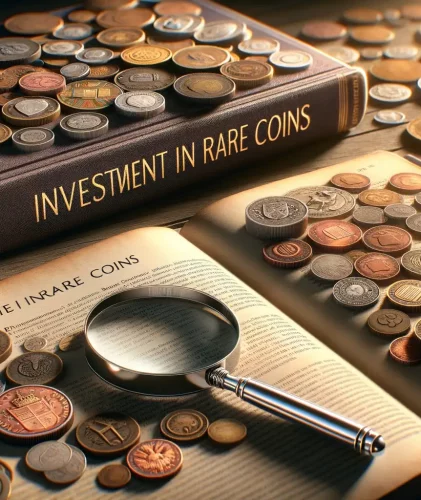Understanding the Basics of Coin Collecting and Investing
Why Coins Are More Than Just Loose Change
Have you ever held a coin and wondered about its journey? Each one carries whispers of history, stories of economies long gone, and the rarest among them can hold immense value beyond their face. Coin collecting is more than a hobby—it’s a deep dive into art, culture, and surprisingly, investment potential. But here’s the kicker: you don’t need to be a millionaire or a historian to get started.
To begin, it’s all about understanding the three Ps: purity, provenance, and popularity. Precious metals like gold and silver? They’re always in demand. Coins from specific eras, like ancient Rome or modern mints with limited runs? Those can fetch a pretty penny. And let’s not forget aesthetic appeal—beautiful designs tend to reel in collectors and investors alike.
- Start with what excites you. Maybe it’s coins that remind you of family travels or pieces tied to historical moments you love.
- Learn the language of grading. From “Good” to “Mint State,” condition isn’t just subjective—it’s a science, and mastering it gives you an edge.
The Emotional Spark Behind the Investment
Unlike stocks or real estate, coins have this emotional charm, don’t they? Whether it’s holding a 1909 Lincoln penny or a shimmering gold Britannia, you’re touching something timeless. It’s part treasure hunt, part strategy game. Sure, some chase the dollars (and who can blame them?), but many find pure joy in uncovering hidden gems in dusty attic boxes. That sense of discovery? Priceless.
Even better: the community. Collectors are a passionate bunch, eager to share advice, stories, and trade secrets. Dive into forums, attend coin shows, or chat with a local dealer. You’ll find yourself hooked—not just on the coins but on the camaraderie too.
How to Identify Valuable Coins for Investment
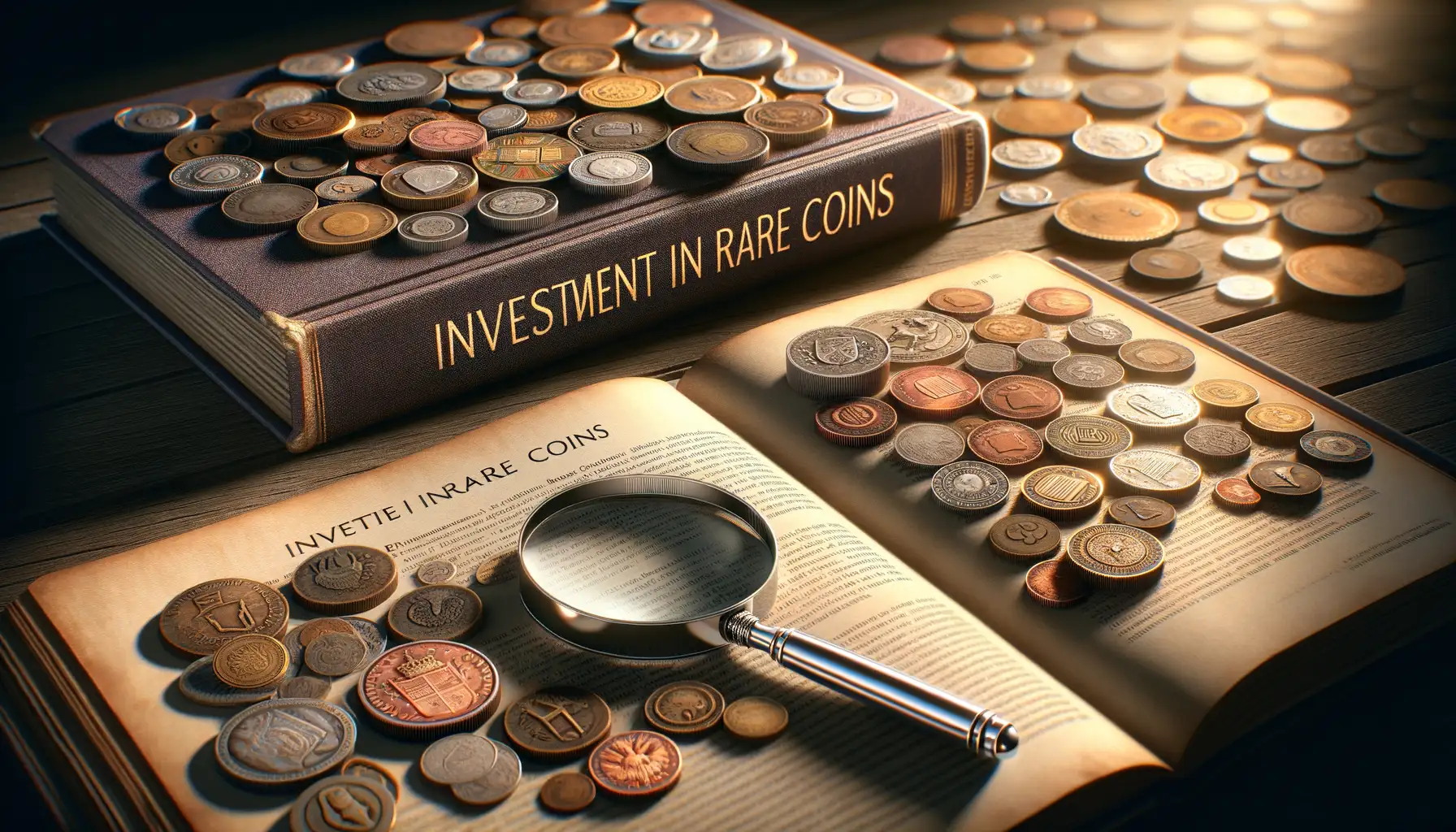
Spotting Hidden Gems in Your Collection
Imagine you’re a treasure hunter with a keen eye for gold among the gravel. Identifying valuable coins isn’t so different—it takes curiosity, patience, and knowing exactly what to look for. Start by flipping through your collection with purpose. Do you notice any unique designs or minting errors? These quirks can often skyrocket a coin’s value, turning an ordinary piece into a sought-after collectible.
Pay close attention to condition, too. Coins graded as “mint state” or showing no wear are like finding a vintage car with zero mileage. Pristine condition equals higher market demand. And don’t underestimate rarity! A coin from 1916 may seem plain until you discover it’s one of just 264,000 ever produced.
- Key dates and mints: Research specific years when production numbers were low.
- Precious materials: Coins made of silver, gold, or platinum offer built-in intrinsic value.
Research Is Your Best Friend
Think of each coin as a mystery waiting to be solved. Dive into reliable price guides like PCGS or NGC to compare market values. Join online forums, attend auctions, or chat with fellow enthusiasts who might share insider tips. Buzzwords like “double-die error” or “low-relief variety” could change how you see a coin forever.
Strategies for Turning Coin Collecting into a Profitable Venture
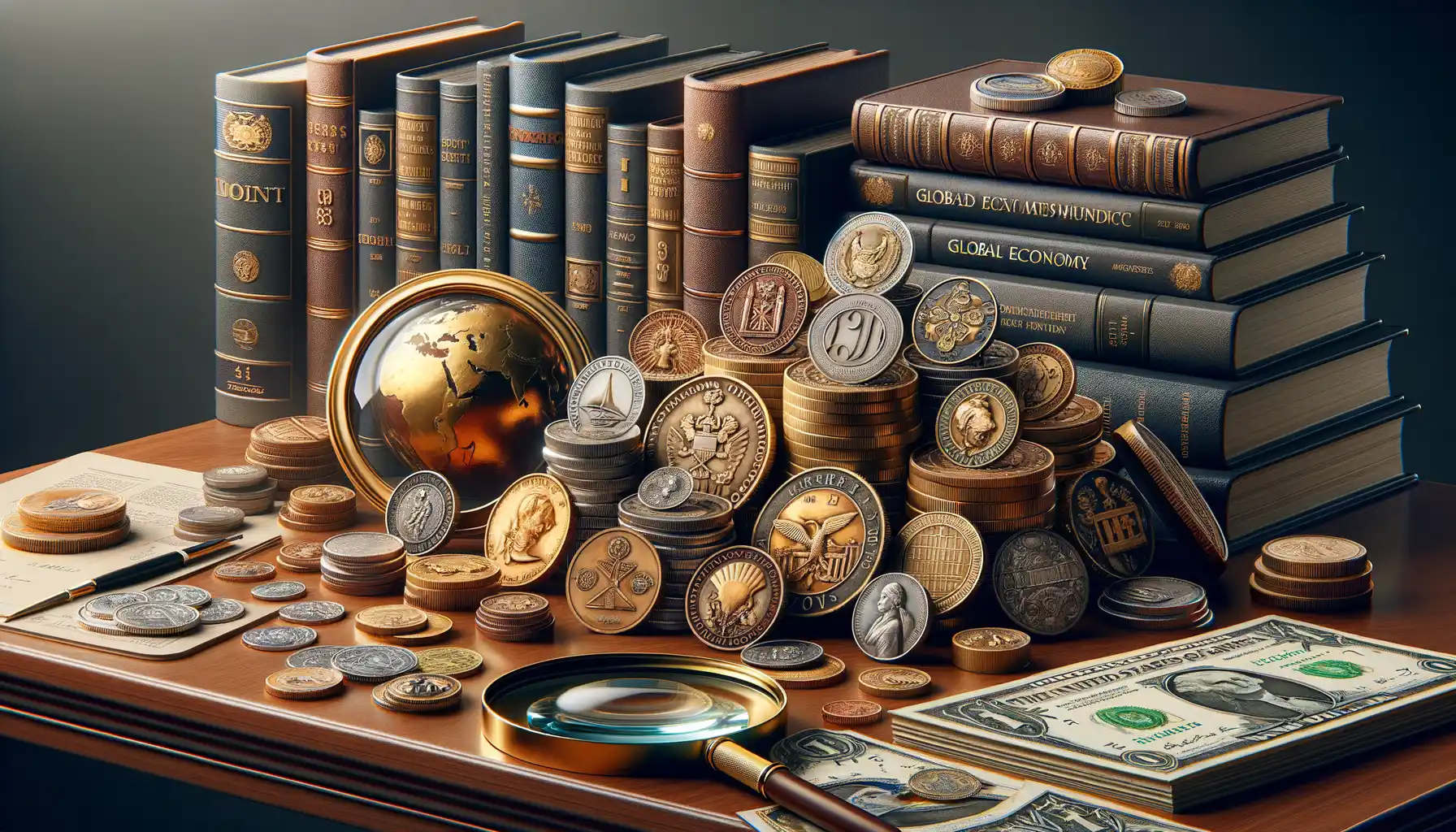
Turning Coins into Gold: Smart Business Tactics
Ever thought your stash of coins could be more than a hobby, but a thriving side hustle? With the right strategies, you can transform that passion into a serious money-making venture. Here’s how you step up your game.
First, know this: the key is thinking like a collector *and* an investor. What does that mean? While collectors hunt for emotional or historical appeal, investors have their eyes set solely on market value. The sweet spot is finding items that tick both boxes—rare pieces that also have rising demand.
Consider setting up at local and online auctions. Platforms like eBay or heritage auction sites aren’t just marketplaces—they’re arenas to study prices, trends, and competition. Start by listing just a handful of coins to test interest.
- Networking: Join coin clubs, chat in forums, or attend expos to catch insider tips.
- Grading matters: Professionally graded coins (e.g., by PCGS or NGC) fetch higher prices. Don’t skip this step!
It’s a marathon, not a sprint. By mixing patience with strategy, your humble collection might just turn into a profit-generating heavyweight.
Risks and Challenges in Coin Investment
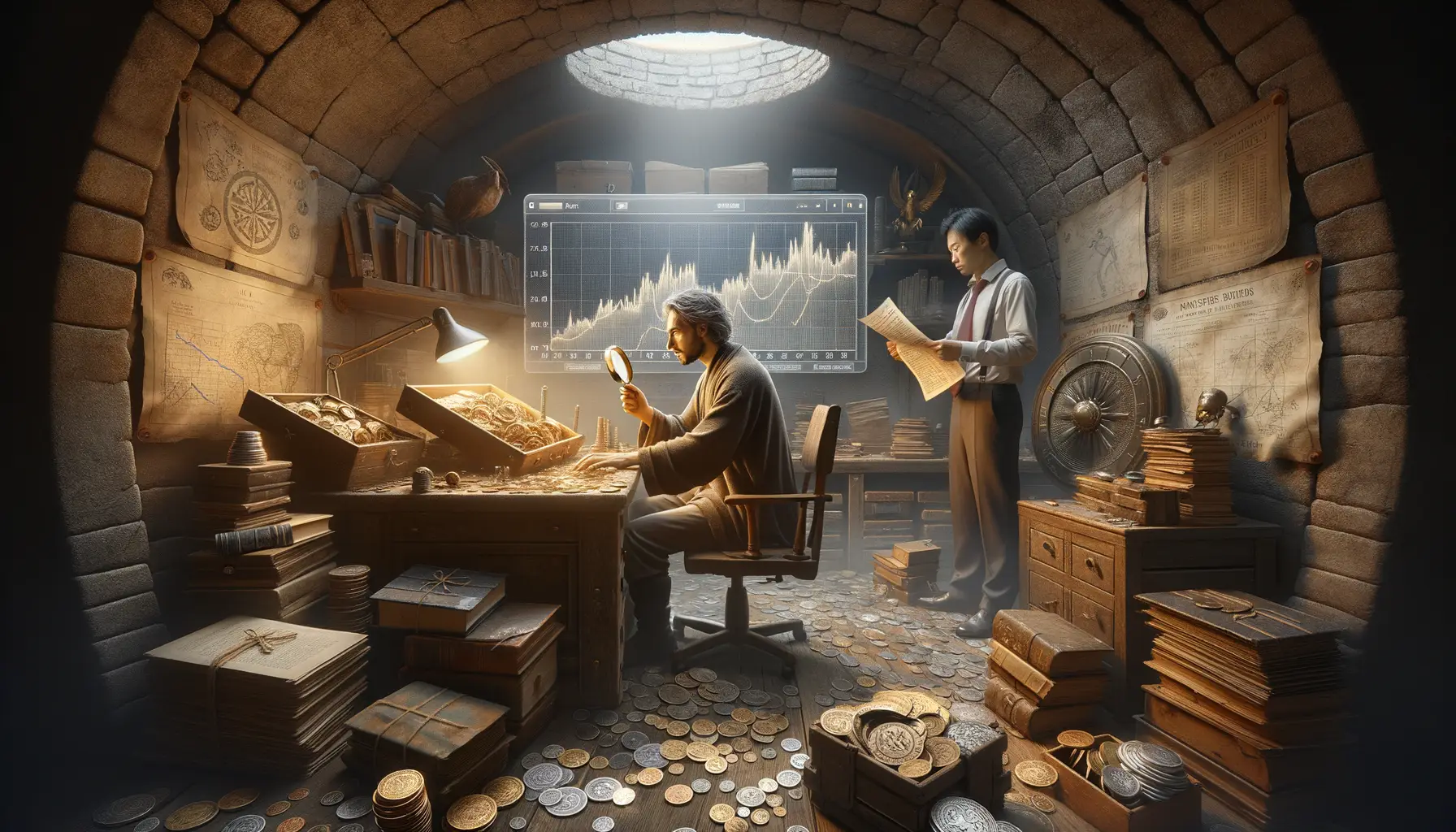
Unseen Pitfalls That Can Trip You Up
Coin investment isn’t just about gleaming treasures and hefty profits—it has its shadows too. Let’s be real: not every coin in your collection is destined to shine under the spotlight. Some might even become expensive mistakes.
One major pitfall? Falling for counterfeits. Yes, those clever fakes can sneak into the hands of even the most seasoned collectors. Imagine shelling out thousands for what you thought was a rare Roman denarius, only to discover it’s as genuine as plastic gold foil.
Then there’s the matter of fluctuating prices. Coin values are influenced by unpredictable markets, from precious metal prices to collector demand. One day your coin is worth a fortune, the next it’s collecting dust. The market doesn’t care about your dreams of profit.
- Buying emotionally: In the heat of passion, you may overspend on a piece that holds no real value.
- Poor storage: A pristine coin can plummet in value with improper handling or exposure to humidity.
- Lack of liquidity: Quick cash crisis? Selling rare coins isn’t always fast or easy.
The Weight of Research and Expertise
Investing wisely takes more than spotting a shiny object at a trade show. It demands patience, detailed research, and understanding market trends. Trust me, blindly diving in without doing your homework is like navigating a minefield blindfolded.
Think about grading—a single miscalculation here could mean overpaying by hundreds, even thousands. Without a proper grasp of coin certification standards like those from NGC or PCGS, you could get stuck with a dud.
And let’s not forget shady dealers. Every industry has its wolves, and in the coin world, they’re ready to pounce on unsuspecting enthusiasts. Always verify credentials, read reviews, and, when in doubt, walk away. Coin nirvana isn’t worth risking your wallet—or your sanity.
Expert Tips for Successful Coin Investment
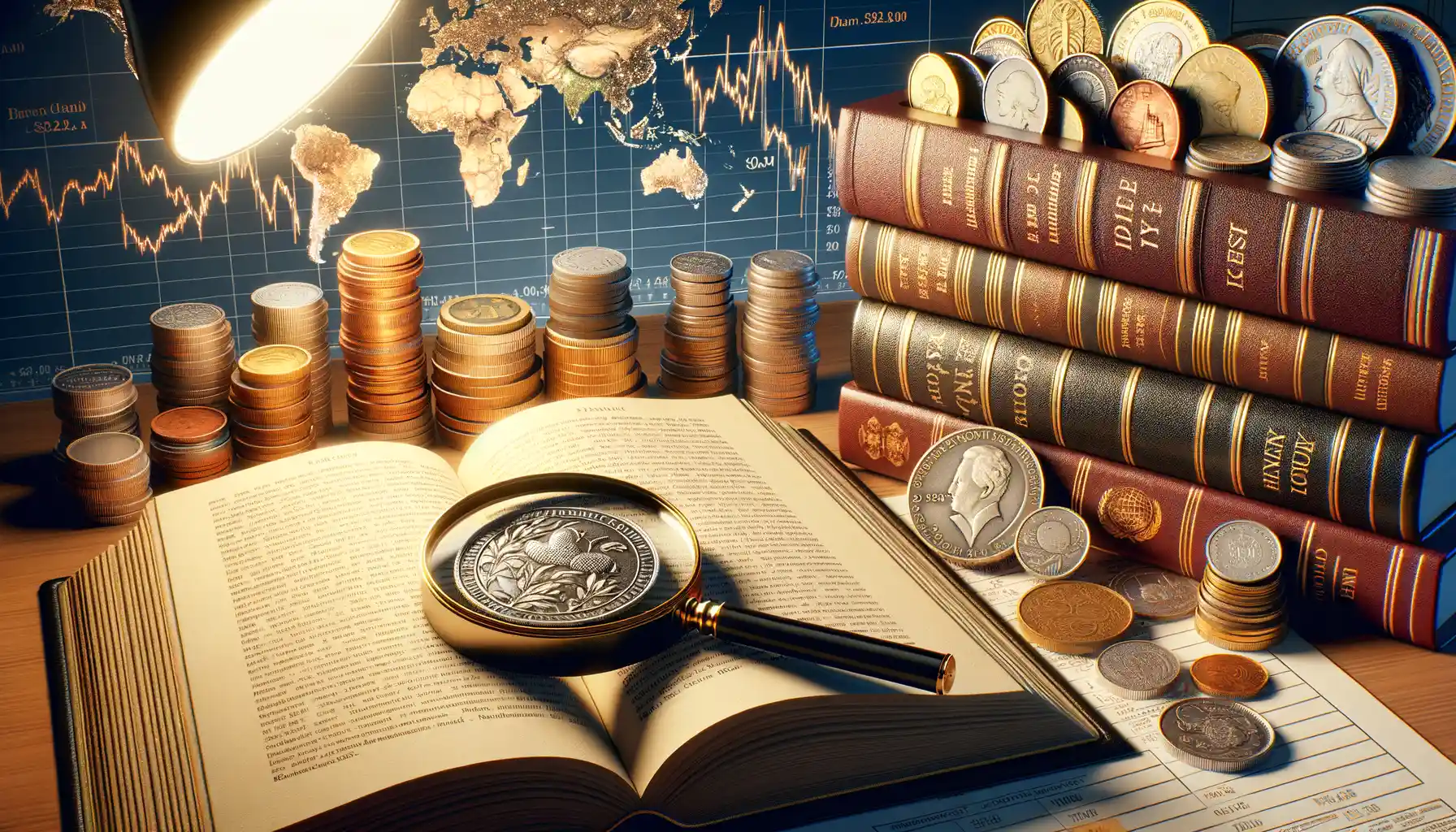
Plan Like a Treasure Hunter
Coin investment isn’t just about luck—it’s about strategy, research, and a little bit of intuition. Imagine yourself as a modern-day treasure hunter. Would you venture out without a map? Of course not. The same applies here. Start by creating a clear vision of your goals. Are you looking to invest in coins for long-term gain, or are quick flips more appealing? Once you’re clear on your intentions, begin mapping out your journey.
Here’s a simple guide to get you started:
- Identify trends in the coin market. Look for patterns. Which coins are climbing in value? A little detective work goes a long way.
- Always buy from reputable dealers. Think of them as your trusty guides to avoid counterfeits and bad investments.
- Diversify! Don’t put all your eggs—or in this case, coins—in one basket.
The Magic of Timing and Rarity
Here’s where the magic happens: timing and rarity. In the world of coin investing, knowing when to hold and when to sell can make or break your returns. Talk to collectors and join forums where seasoned investors share insider knowledge.
And let’s not forget the allure of rare coins. A rare minting error or a limited series can be your golden ticket. For example, the ultra-rare 1933 Double Eagle gold coin fetched millions at auction. While most coins won’t hit that jackpot, keeping an eye on rarity means you’re always ahead of the curve.

